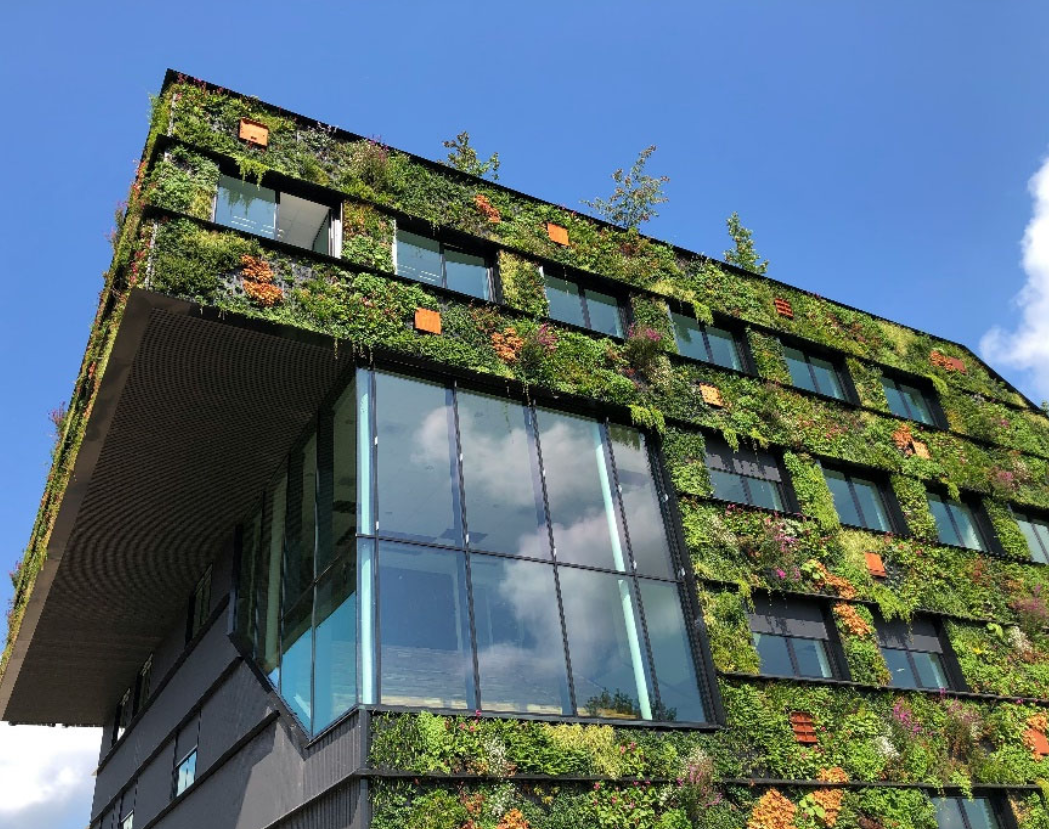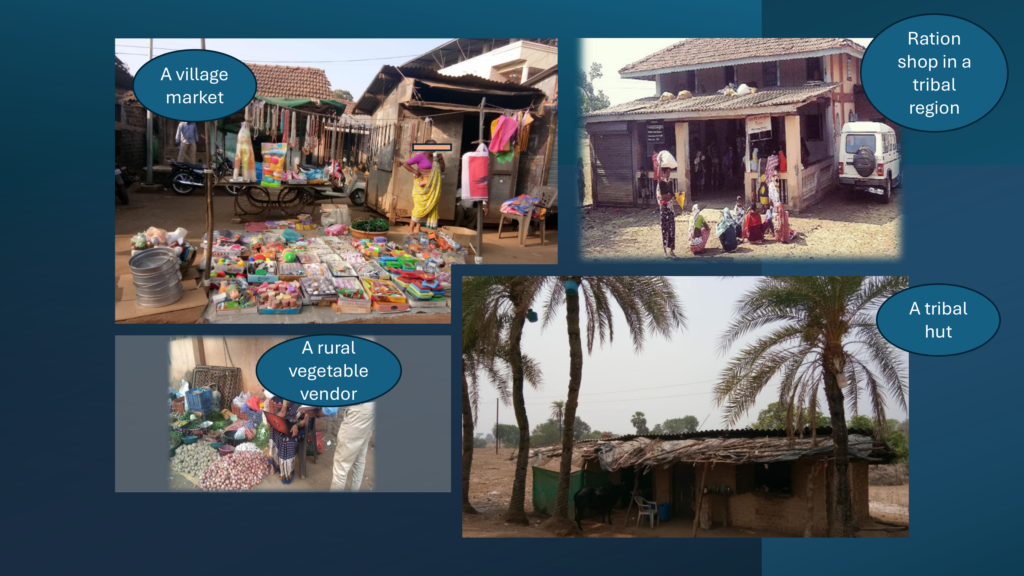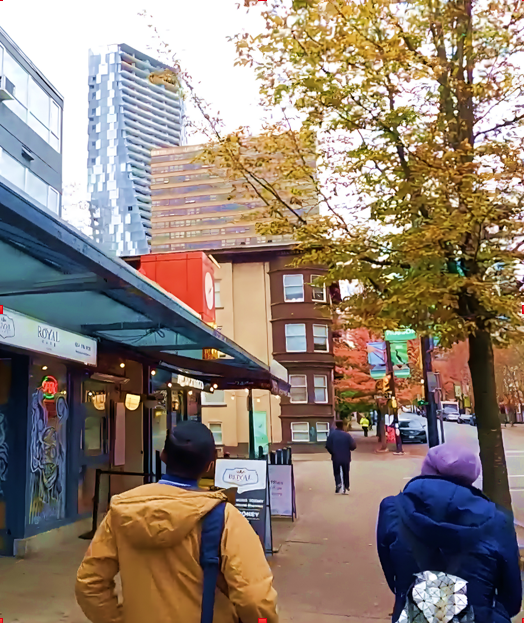City Know-hows

Built environment scholars and practitioners are in a position to help curtail greenhouse gas emissions. To do so, building design must go beyond sustainability and needs to instead aim to become regenerative. This article reviews the existing evidence of regenerative design.
Share
Target audience
Urban leaders and built environment professionals will greatly benefit from this review of existing literature.
The problem
Built environment practitioners need regenerative design practice guidelines that are easy to apply in the field and that are backed by cost objectives and evidence-based research.
What we did and why
We completed a scoping literature review to determine how existing literature addresses regenerative design principles in the context of mixed-use buildings, and to determine what opportunities exist to advance the knowledge and implementation of regenerative design performance areas.
Our study’s contribution
The review underscores the multifaceted nature of regenerative development, emphasizing the interconnectedness between environmental, social, and economic factors. Furthermore, the results highlight the critical role architects and designers have in advancing regenerative design, particularly in building materiality decisions.
Impacts for city policy and practice
Our study maps research literature, identifies gaps, and shapes future inquiries towards establishing easily applicable regenerative design guidance for mixed-use buildings within urban core neighborhoods.
Further information
Full research article:
Impact of regenerative design on resilience within urban core neighborhoods: a scoping literature review by Milena Rodriguez Mendez & Lisa Sundahl Platt
Related posts

Overweight and obesity among mothers in the urban setting was twice compared to the rural. The percentage of households with an undernourished child and an overnourished mother was high in urban settings.

Open spaces are known to improve the health and well-being, however there are few studies from developing countries. This Nigerian study examinessocio-economic characteristics of residents, attributes and uses of neighbourhood open spaces and self-rated health.

This study presents 20 key insights into the walking experiences of people living with dementia, highlighting shared priorities like safety and subgroup-specific needs. These findings offer actionable strategies for designing dementia-friendly neighborhoods that enhance mobility, inclusion, and well-being.